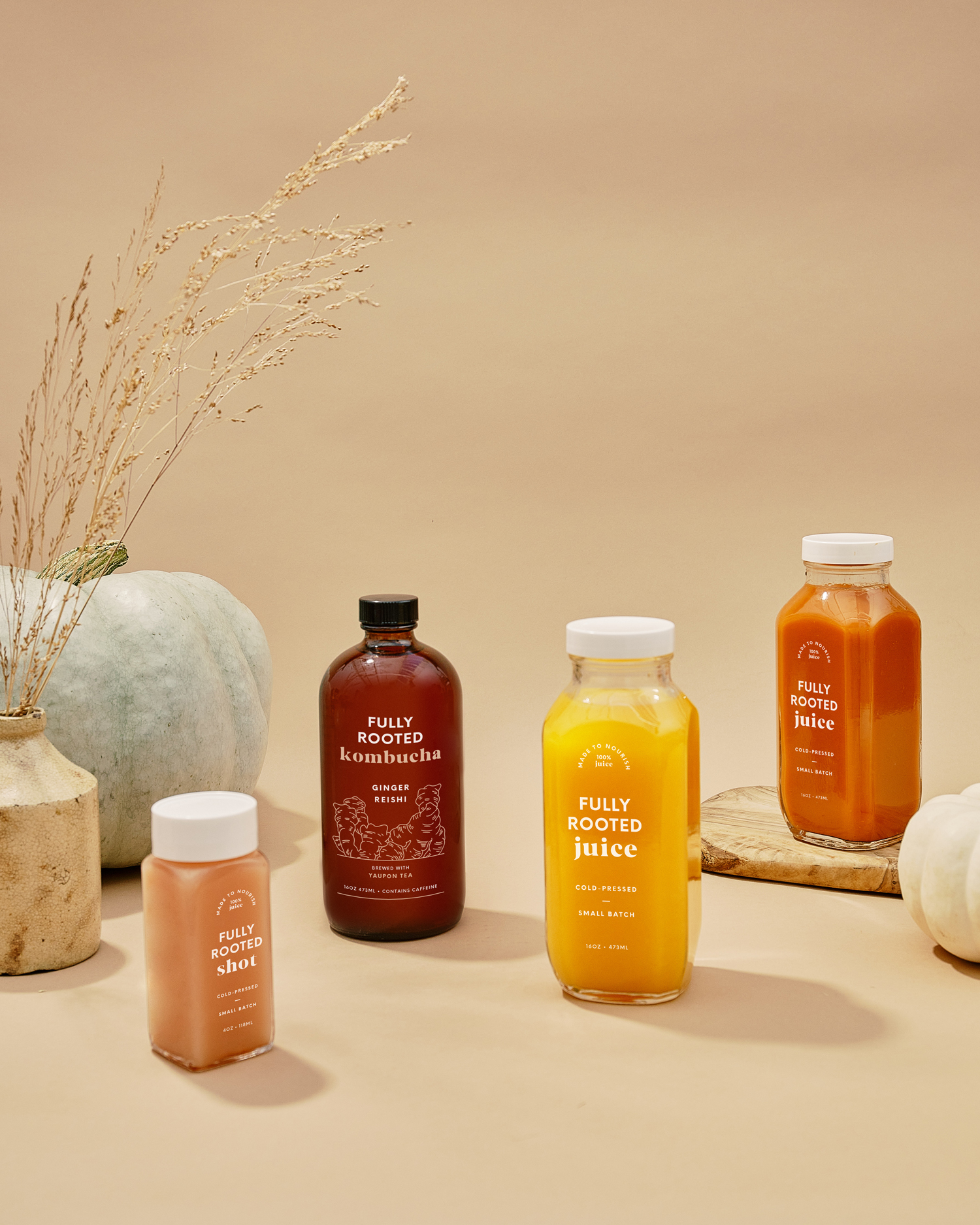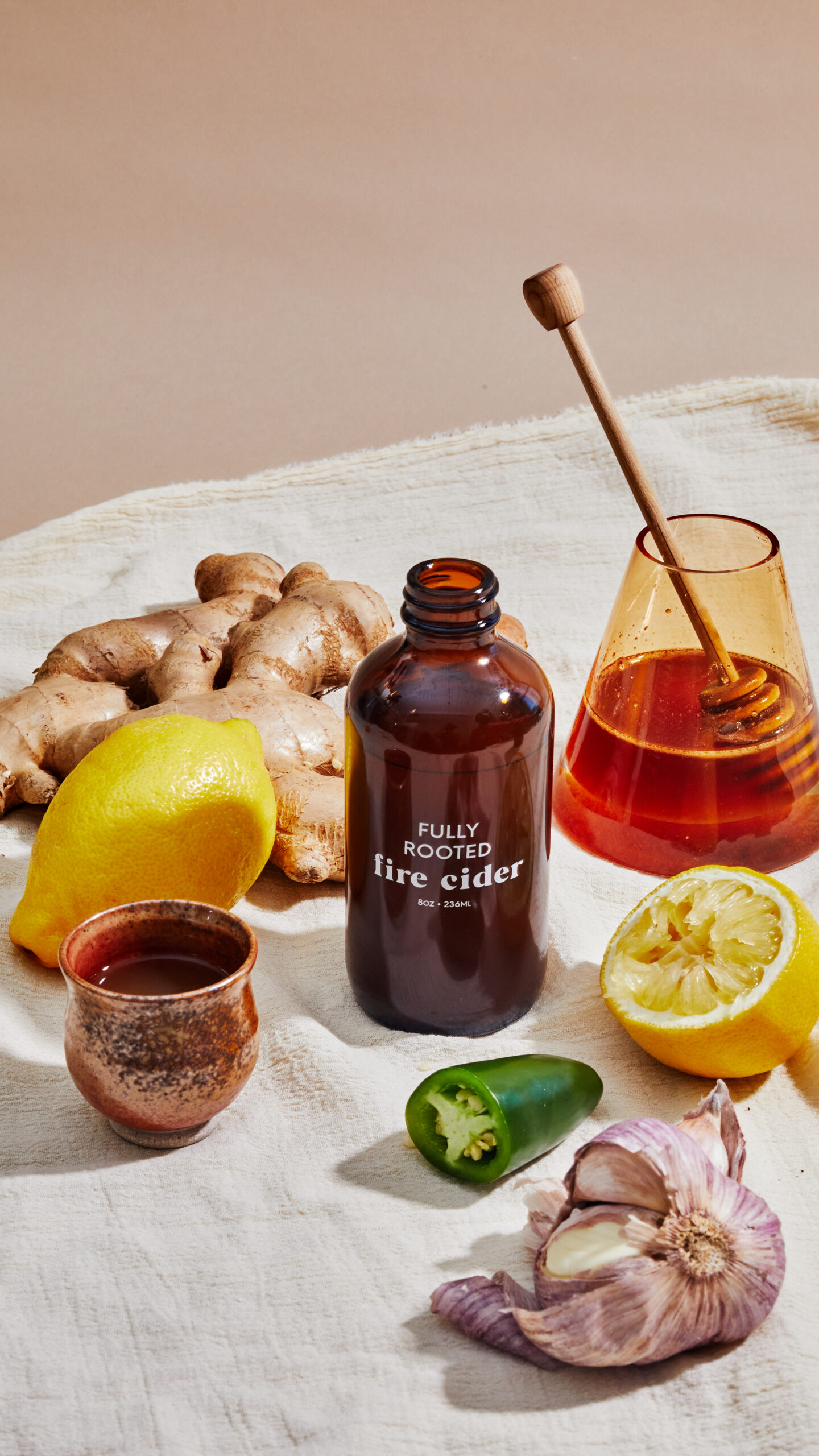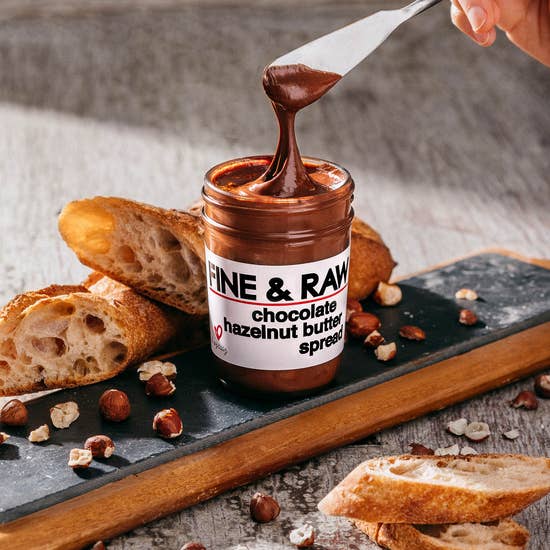Learn
What is the wonder behind Wheatgrass?
For those of you who may not know what Wheatgrass is, it is a variety of grass that has been used as medicine due to it’s therapeutic and medicinal properties. It comes in various forms: freshly juiced, dried juice concentrate, or whole leaf powder sometimes in tablet form.
There are so many benefits to taking wheatgrass, but its most largely known roles are blood purification, liver detoxification, and colon cleansing. Other benefits include a boost in strength, endurance, spirituality, sense of well-being, aid in sore throat, tooth aches and gum healing, and neutralizing toxins from the body.
When you take a shot of fresh Wheatgrass juice, some say they feel the hair on the back of their neck stand straight up. There is amazing power to fresh grass juice that researchers still cannot explain to this day.
How Much Should I Take?
For good preventative measure, 4 ounces is what we like to recommend, but work your way up to that point first. For beginners, we recommend 1-2 ounces per day. For medicinal use, you should take 4-6 ounces or more per day.
Why Should I Believe You?
There have been many studies on grasses and their effectiveness on human health. Beyond that, the numerous success stories provide ample inspiration for wanting to pump yourself full of the stuff. Many people have turned to Wheatgrass after conventional medicine left them with no other option and it cured them within an amazingly short period of time. If you want to read about these stories, take a look at the book “Wheatgrass Nature’s Finest Medicine” by Steve Meyerowitz.
Wheatgrass Juice or Powder?
This question is commonly debated, but many testimonials will bring you to believe that Juice is the best way to consume Wheatgrass. Famous healer Dr. Ann Wigmore used juice to heal many people at the Hippocrates Institute. She was the person who popularized indoor tray grown Wheatgrass.
The reason here is that fresh live Wheatgrass Juice is a potent elixir of live enzymes which aid in the absorption of Wheatgrass in the body. These enzymes help the body digest the many nutrients Wheatgrass contains. Wheatgrass Powder does have more nutrients because it has been concentrated so it will contain more minerals, chlorophyll and vitamins. With all the studies performed on Wheatgrass, there has been decided that there is an unknown healing factor to the live juice of which they call the grass-juice factor. This grass-juice factor is believed to be responsible for healing miracles. This leads us to believe that juice is the best way to consume Wheatgrass.
What’s in Wheatgrass?
“The blade of grass contains all the elements of which the body is composed including revitalizing and rebuilding materials, force producers for energy and also eliminators of waste acids. Grass and sprouts are perfect foods.” – Dr. Ann Wigmore
Some of the Nutrients found in Grass:
Amino Acids (over 18 types)
Enzymes (over 80 identified, many more unidentified)
Phytochemicals (Chlorophyll, Carotenoids, Bioflavenoids, growth hormones, RNA, DNA)
Vitamins (Vitamin C, E, A, B1, B3, B6, K, Biotin, Choline, Folic Acid)
Minerals and Trace Minerals (Zinc, Selenium, Phosphorus, Potassium, Calcium, Boron, Chloride, Chromium, Cobalt, Copper, Iodine, Iron, Magnesium, Manganese, Nickel, Soium, Sulfur, and many, many more)
Fatty Acids (Linolenic Acid, Linoleic Acid)
“15 Pounds of Wheatgrass is equivalent to 350 pounds of the choicest vegetables” – Charles F. Schnabel
So… Why not take Wheatgrass?
“The primary form of food is grass. Man’s most primeval nutrient, that which nourished him for hunderds of thousands of years, until technological civilization brought with it sprouts, and tender grasses that flourished all over the earth. When man dies, he goes to grass again, and so the tide of life, with everlasting repitition, in continuous circles, moves endlessly on and upward, and in more senses than one, all flesh is grass.” – Edmond Bordeauz Szekely





